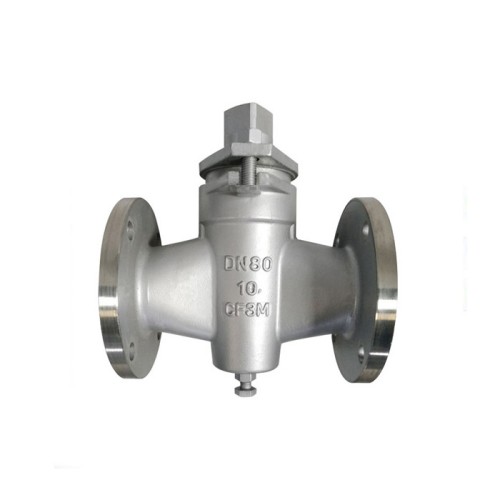ball valve stainless 1
Understanding Stainless Steel Ball Valves Importance, Functionality, and Applications
In the realm of industrial piping and fluid control systems, one component stands out for its reliability and efficiency the ball valve, particularly those made from stainless steel. Stainless steel ball valves are synonymous with durability, corrosion resistance, and versatility, making them an ideal choice for various applications across numerous industries.
What is a Ball Valve?
A ball valve is a type of quarter-turn valve that uses a hollow, perforated, and pivoting ball to control fluid flow. The position of the ball determines whether the valve is open or closed. When the ball's hole aligns with the flow path, the valve is open, allowing fluid to pass through. Conversely, when the ball is rotated 90 degrees, the flow is blocked. This simple yet effective mechanism makes ball valves highly efficient, requiring minimal rotation to operate.
Advantages of Stainless Steel Ball Valves
1. Corrosion Resistance One of the primary reasons for choosing stainless steel for ball valves is its excellent corrosion resistance. Stainless steel alloys, such as 304 and 316, provide superior performance in hostile environments, including those exposed to harsh chemicals, seawater, and varying atmospheric conditions. This property significantly extends the lifespan of the valve, reducing maintenance costs and downtime.
2. Strength and Durability Stainless steel is known for its high tensile strength, enabling it to withstand high pressure and temperature conditions. This durability makes stainless steel ball valves suitable for applications in oil and gas, water treatment, and chemical processing, where the conditions can be quite extreme.
3. Versatility Stainless steel ball valves can be utilized across various industries, including energy, pharmaceuticals, food and beverage, and HVAC. Their ability to handle a wide range of fluids, from water to aggressive chemicals and gases, makes them an indispensable component in many systems.
ball valve stainless 1

4. Easy Operation The design of ball valves allows for quick operation, often being rotated with just a quarter turn. This ease of use can be particularly advantageous in emergency situations where rapid shutdown is necessary to maintain safety.
5. Low Pressure Drop Since ball valves offer a straight-through flow path when open, they minimize turbulence and pressure drops, enhancing the overall efficiency of the piping system.
6. Sealing Performance High-quality stainless steel ball valves feature robust sealing mechanisms that prevent leaks, even under high pressure and temperature, ensuring the integrity of the system in which they are installed.
Applications of Stainless Steel Ball Valves
Given their numerous advantages, stainless steel ball valves find applications in a wide array of fields
- Oil and Gas Industry Used for controlling the flow of crude oil and natural gas in pipelines and refineries. - Water Treatment Essential in managing flow in water purification and wastewater treatment processes. - Chemical Processing Ideal for controlling corrosive substances, reducing the risk of leaks and spills. - Food and Beverage Used in sanitary applications where hygiene and contamination prevention are critical. - HVAC Systems Employed in heating and cooling systems for regulating the flow of air or water.
Conclusion
In summary, stainless steel ball valves are a critical component in modern industrial applications, known for their reliability, efficiency, and versatility. Their corrosion resistance, strength, and operational ease make them suitable for a variety of challenging environments, ensuring fluid control systems run smoothly and safely. As industries continue to evolve, the demand for durable and efficient components like stainless steel ball valves will undoubtedly grow, reaffirming their importance in fluid management and control technologies. Whether in energy production, water treatment, or pharmaceuticals, stainless steel ball valves represent a standard of quality that meets the rigorous demands of today’s industrial landscape.
-
The Key to Fluid Control: Exploring the Advantages of Ball Valves in Industrial SystemsNewsJul.09,2025
-
The Versatile World of 1, 2, and 3 Piece Ball ValvesNewsJul.09,2025
-
Stainless Steel Ball Valves: The Ideal Choice for Efficient Flow ControlNewsJul.09,2025
-
Optimizing Fluid Control with Ball Float ValvesNewsJul.09,2025
-
Manual Gate Valves: Essential for Control and EfficiencyNewsJul.09,2025
-
Everything You Need to Know About Butterfly ValvesNewsJul.09,2025
-
The Versatility of Wafer Type Butterfly ValvesNewsJul.08,2025




